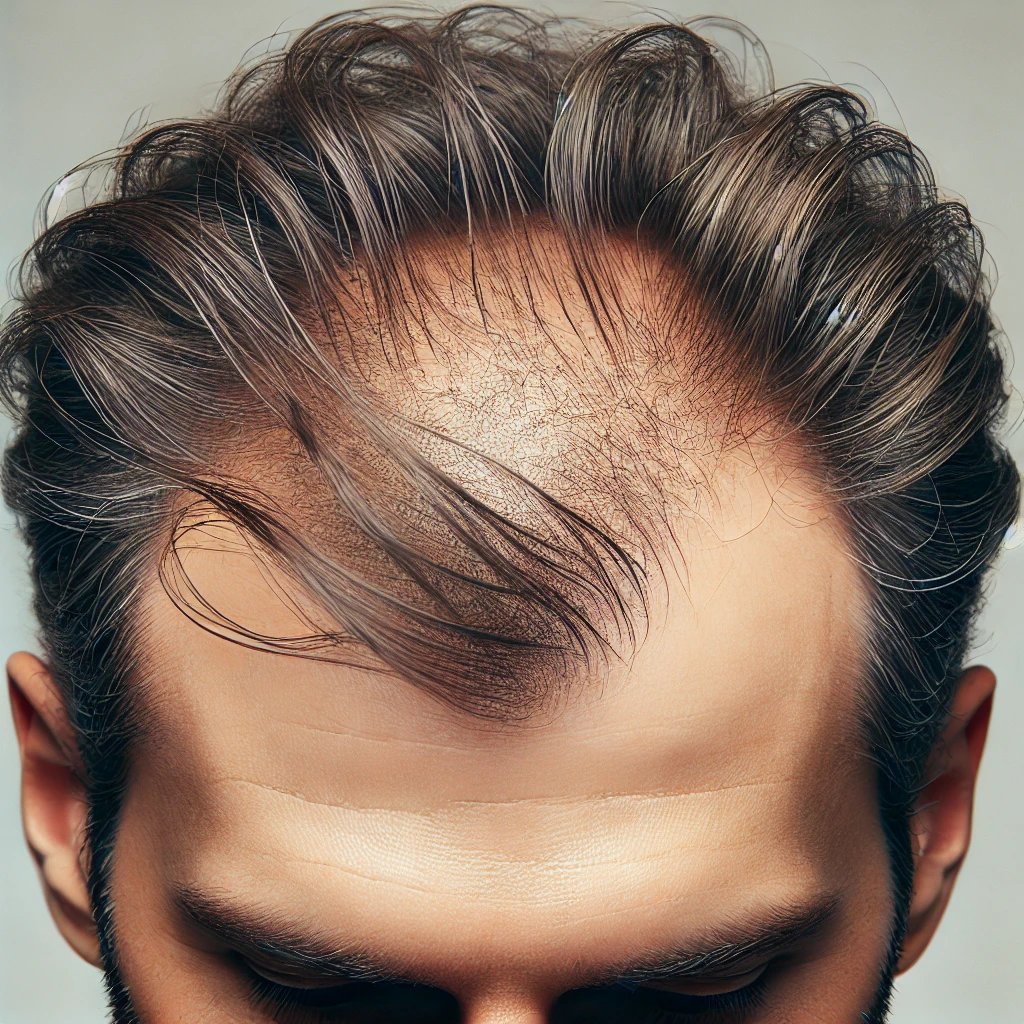
Hair Loss 101: How Dermatologists Diagnose It
When a dermatologist evaluates a patient with hair loss, the first step is to check for signs of inflammation or scarring on the scalp, such as redness, scaling, or follicle destruction. Hair loss conditions are categorized into scarring and non-scarring alopecia. Scarring alopecia often requires a scalp biopsy to diagnose the cause. Non-scarring alopecia is further assessed based on the pattern of hair loss: Alopecia Areata for isolated patches, Telogen Effluvium for diffuse loss, and Androgenetic Alopecia for pattern baldness. Most hair loss cases fit these patterns, guiding the dermatologist’s approach to treatment.

Understanding Dyshidrotic Eczema
Dyshidrotic eczema, also known as pompholyx, typically affects the sides of the fingers, toes, palms, and soles, causing intensely itchy, small blisters filled with clear fluid. The condition may be caused by various factors, including allergic contact dermatitis, irritant dermatitis, infections, or stress. Treatment focuses on identifying and removing the cause if possible. When the cause remains unclear, symptom relief is the primary goal, often involving the use of potent topical corticosteroids and moisturizers. In severe cases, other treatments like light therapy, oral prednisolone, or immunosuppressants may be necessary to manage the condition effectively.

Acne During Pregnancy: What You Need to Know
Acne is common during pregnancy, with its severity varying greatly among women. Treating acne during pregnancy is challenging, as only certain medications and procedures are safe to use. The FDA classifies drugs into categories based on safety for the fetus, with Category A and B being the safest. Topical treatments like Clindamycin phosphate and Azelaic Acid are generally safe, while oral antibiotics like Amoxicillin or Cephalexin may be used in more severe cases. However, each treatment option's risks and benefits must be carefully considered, as no medication is entirely without risk during pregnancy.

The role of diet in Acne
Many wonder if certain foods, like chocolate, cause acne. However, there’s no solid scientific proof yet. The best advice is to avoid foods you notice trigger your acne.

Comparing PRP with Subcision vs. PRP with Microneedling for Atrophic Acne Scars: A Split-Face Study
This study compared the effectiveness of microneedling with PRP versus subcision with PRP for treating atrophic acne scars in a split-face design. Both treatments showed significant improvement, but no notable difference was found between the two methods in the qualitative improvement of scars.

Understanding and Managing Adult Acne
Adult acne, defined as acne that emerges after age 25, is a prevalent skin condition among adults. It is influenced by various factors such as hormonal imbalances, lifestyle choices, and genetic predisposition. Unlike teenage acne, adult acne typically appears on the jawline and chin and is more inflammatory, often presenting as pimples rather than blackheads or whiteheads. Treatment options include topical and oral medications, as well as lifestyle modifications to manage symptoms effectively. Consulting a dermatologist is crucial for proper diagnosis and tailored treatment plans.
